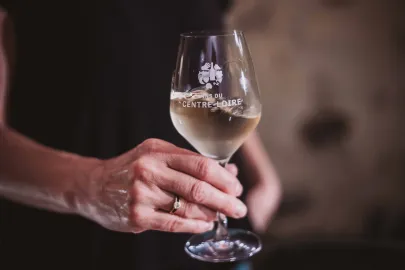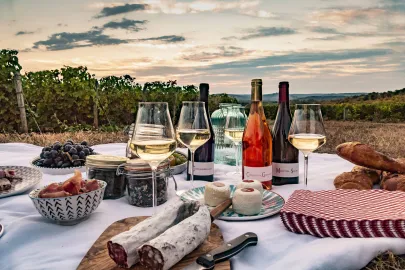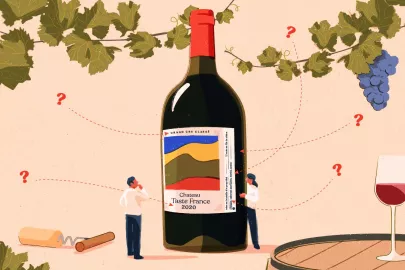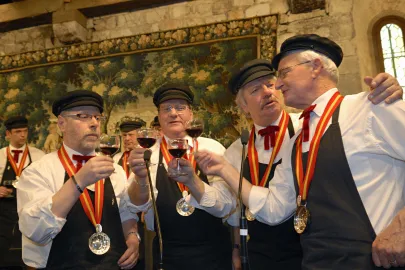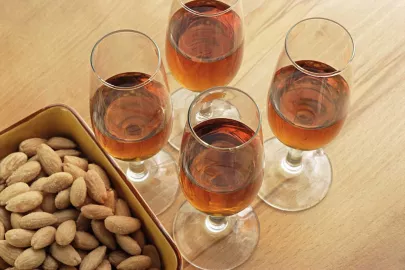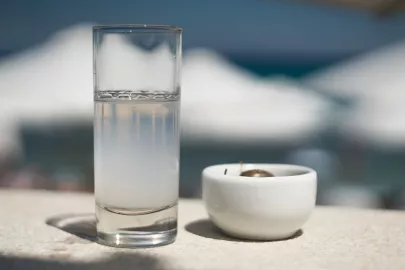This wine region owes its fine reputation to its grapes. But let’s not forget their terroirs, the importance of which is illustrated by the designation of Grands crus.
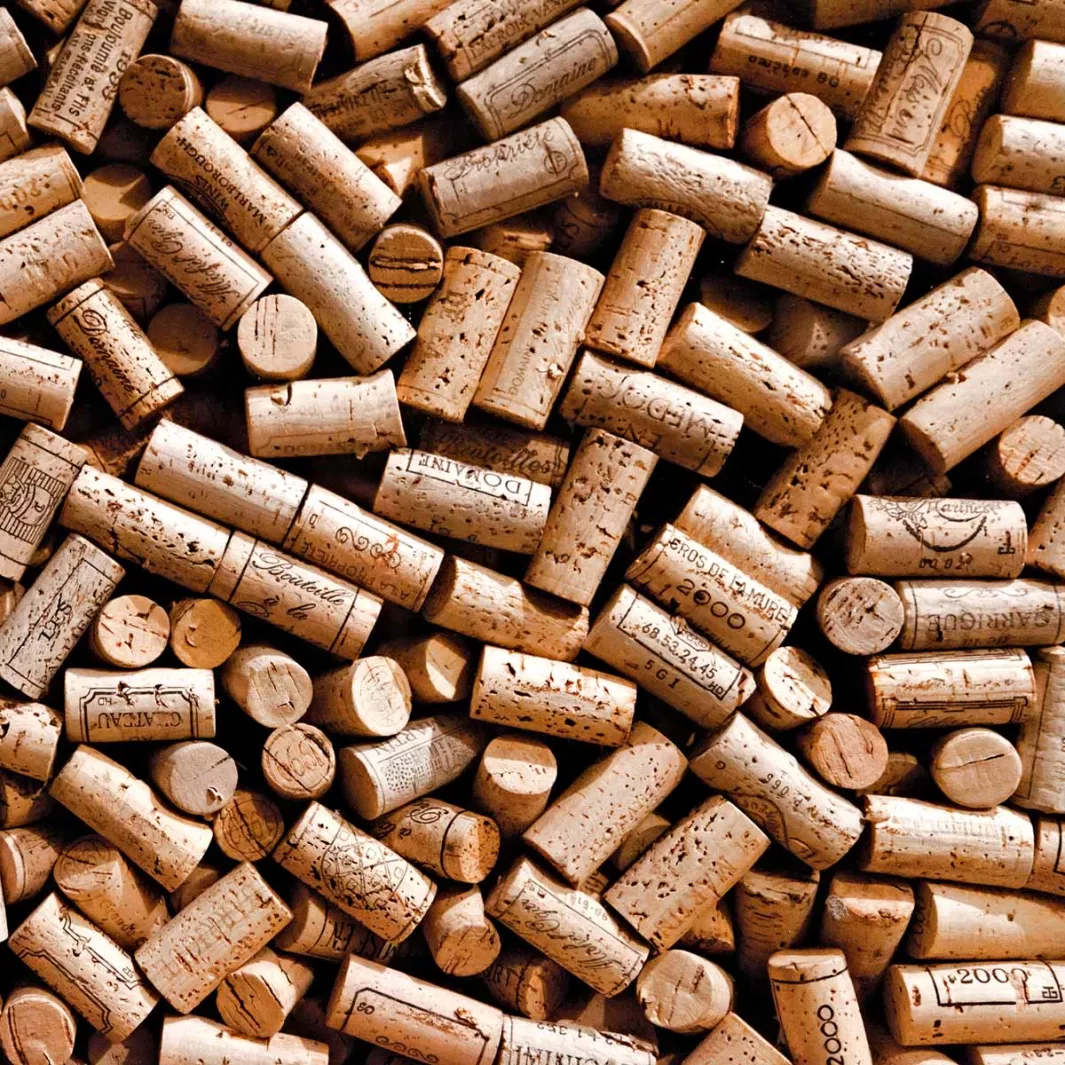
Grape royalty
Gewurztraminer, Riesling, Pinot Blanc, Sylvaner, Muscat, Pinot Noir… On bottles of wine from Alsace, it’s the grape varieties that top the bill. Which makes sense, given that they also bear the appellations of the region and that blends aren’t part of the local culture. Does this mean then that the characters of wines from this part of France are defined by its grape varieties alone? That the terroir is irrelevant? Merely a perfectly neutral, silent substrate? Of course not, that would be a very simplistic view! Especially since it would dismissing another important point: Alsace is a great vineyard of terroirs and a vineyard of great terroirs.
51 Grands crus
The Alsace wine-making region has a rather “Chilean” profile, being 120 km (75 miles) from north to south and just a few kilometers from east to west. It is distinguished not only by the charming villages that line its Wine Route, but by its lively and complex geology. So much so that over time, generations of winemakers have identified and ranked some particularly remarkable terroirs. Some are classified as lieux-dits (named plots), and the most exceptional have been elevated to Grand cru status.
There are exactly 51 of them, all with distinct profiles. Some fifteen geological families have been identified, including granite, clay, sandstone, schist, and limestone. Generally located at an altitude of between 200 and 400 meters (between 656 and 1312 feet), the Grands crus, often quite steep, benefit from distinguishing soils as well as exposures and micro-climates that promote slow, consistent grape maturation, which is the reason for the very finely expressed aromas of the wines.
Great diversity
The reason for identifying different areas in this way becomes obvious as soon you taste wines of the same grape variety from two different terroirs. Riesling, for example, is easily recognizable on tasting, but also has a reputation for being a fine indicator of terroir. There’s a world of difference between the bold generosity of a Riesling from the Kaefferkopf Grand cru and the calm intensity, characterized by cleanness and salinity, of the same grape from the very volcanic Rangen Grand cru. More than in some other wine regions, the vineyards of many Alsatian estates are quite parceled up. Which can be quite constraining day to day, especially during the harvest, but is a real boon when it comes to the diversity of wines they can offer. So as you can imagine, great connoisseurs of Alsace wines don’t stop with “I like Riesling” or “I don’t like Gewurztraminer”… When they talk about their preferences, they describe the details of each terroir with relish. Why not do the same?
Taste France Magazine’s selection
Domaine Valentin Zusslin - Gewurztraminer 2017
This wine comes not from a Grand cru but from a lieu-dit by the name of Bollenberg, a dry hill very close to the village of Orschwihr. There, the finesse and the minerality of the limestone terroir balance out the intrinsic opulence of the Gewurztraminer grape to perfection. A delight!
Domaine Zind-Humbrecht - Riesling Clos Saint-Urbain Grand cru Rangen 2018
Olivier Humbrecht owns vines on a number of Grands crus, including the famous Rangen, near Thann. Smoky, saline, this Riesling shows great intensity and lots of energy, minus the exuberance. Remarkable!
La Grange de l’Oncle Charles - Grand cru Kaefferkopf 2017
Kaefferkopf is one of only two Alsatian Grands crus to authorize complantation; that is the planting of Gewurztraminer, Riesling, Muscat and Pinot Gris on the terrace of the same plot. The blending of these grapes produces a wine which strikes a balance between the tension drawn from the granite and the generosity provided by the clay.
Domaine Agathe Bursin - Riesling Grand cru Zinnkoepflé 2018
The limestone terroir of the Zinnkoepflé Grand cru gives this fully rounded wine a delicate acidity and a fairly subtle aromatic expression, ranging from smoky notes to little hints of the sea.
Taste France Magazine’s selection
This wine comes not from a Grand cru but from a lieu-dit by the name of Bollenberg, a dry hill very close to the village of Orschwihr. There, the finesse and the minerality of the limestone terroir balance out the intrinsic opulence of the Gewurztraminer grape to perfection. A delight!
Domaine Zind-Humbrecht - Riesling Clos Saint-Urbain Grand cru Rangen 2018
Olivier Humbrecht owns vines on a number of Grands crus, including the famous Rangen, near Thann. Smoky, saline, this Riesling shows great intensity and lots of energy, minus the exuberance. Remarkable!
La Grange de l’Oncle Charles - Grand cru Kaefferkopf 2017
Kaefferkopf is one of only two Alsatian Grands crus to authorize complantation; that is the planting of Gewurztraminer, Riesling, Muscat and Pinot Gris on the terrace of the same plot. The blending of these grapes produces a wine which strikes a balance between the tension drawn from the granite and the generosity provided by the clay.
Domaine Agathe Bursin - Riesling Grand cru Zinnkoepflé 2018
The limestone terroir of the Zinnkoepflé Grand cru gives this fully rounded wine a delicate acidity and a fairly subtle aromatic expression, ranging from smoky notes to little hints of the sea.
Contributor

Editor

